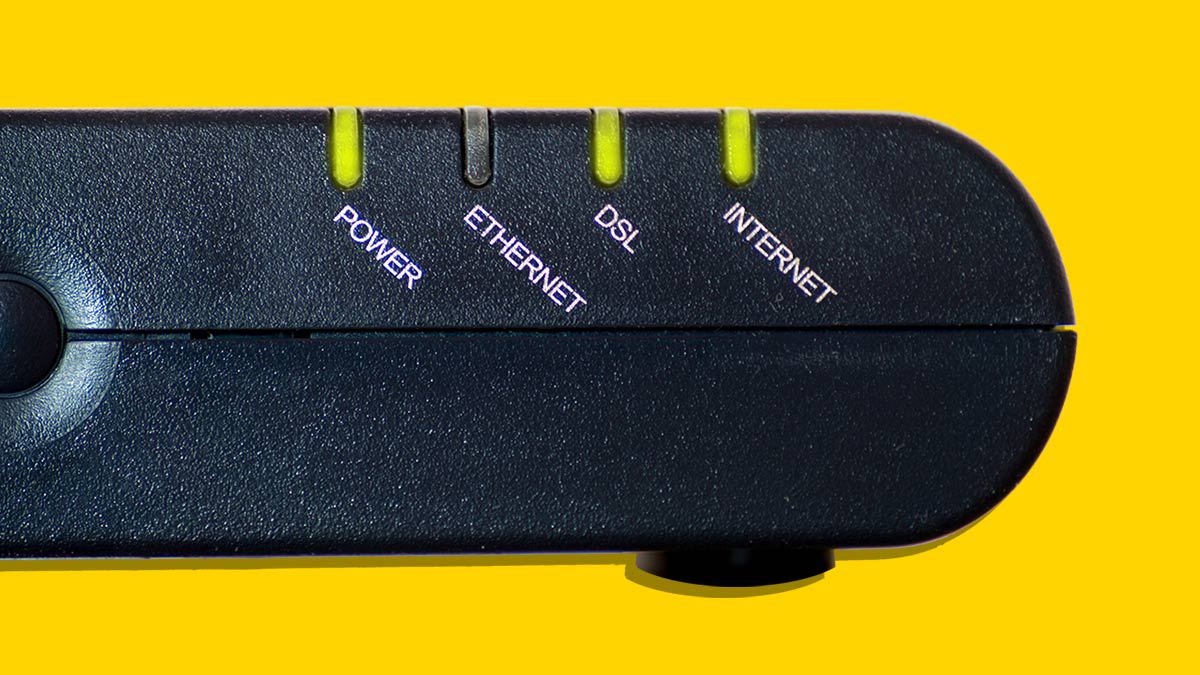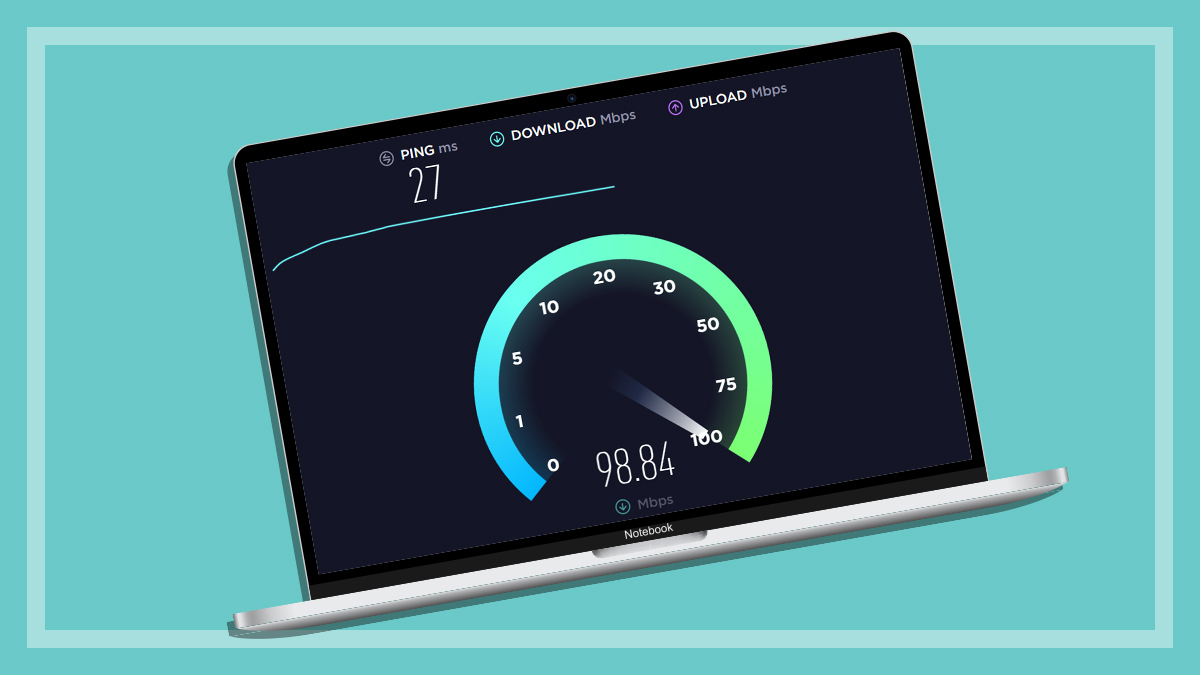Get our independent lab tests, expert reviews and honest advice.
How ACMA tests NBN modem-routers

- Our expert testers
- How ACMA chose what to test
- How ACMA tested DSL connections
- How ACMA tested Wi-Fi networks
- How we calculated overall scores
On this page:
- How ACMA chose what to test
- How ACMA tested DSL connections
- How ACMA tested Wi-Fi networks
- How we calculated CHOICE scores
- Our experts
The Australian Communications and Media Authority (ACMA) recently released findings on the performance of 43 modem-routers from service providers and third-party manufacturers.
The test results were released publicly as a set of technical tables and test summaries, covering a variety of performance scores. Our experts have analysed these results to help make it easier for you to choose which modem-router would best suit your needs.
When choosing which modem-router to buy, two major factors can affect your at-home experience: how well it handles internet connectivity, and the quality of its Wi-Fi network. These results cover performance for both modem (internet connection) and Wi-Fi (local wireless networking).
Note: These modem-routers are for copper NBN services, compatible with fibre to the node (FTTN) and fibre to the building (FTTB) connections, which are currently based on VDSL technology.
How ACMA chose what to test
In 2018, ACMA scanned the market to identify NBN modem-routers being provisioned by service providers and sold in retail stores. Manufacturers, service providers and NBN Co were also approached to help inform the specifications for performance testing.
Of the 43 devices tested, 26 were purchased from electronics retailers and 17 were sourced from 10 NBN service providers. Two samples of each device were provided by service providers or purchased from electronic retailers for testing.
How ACMA tested DSL connections
This part of the test established how well the modem part of a modem-router functions – i.e. how well it handles an internet connection.
The DSL internet line performance for each device was tested across five criteria:
- Performance in the presence of line noise (interference)
- Performance across varying line lengths, varying from 50m to 1500m, simulating the different distances premises can be from the closest NBN node
- Performance with parallel feeder connections (AKA bridge taps, which are representative of poor/low quality field installations)
- Connection stability over an extended time period
- The maximum attainable sync rate (connection speed) on a 50m DSL connection
How we scored DSL performance
We created a weighting system for DSL performance, based on a download score (60%) and an upload score (40%).
The download score and upload score were found by taking the average speeds over lines of certain distances. To reflect the average distance an NBN end user might be from their closest node (according to NBN Co’s statistics on fibre to the node connections), we weighted the results for each cable length differently:
- 50m – 10%
- 150m – 20%
- 450m – 40%
- 1050m – 20%
- 1500m – 5%
- 1050m with noise/interference on the line – 5%
We didn’t score based on performance with parallel feeder connections, as this is not something that will affect most people with NBN services.
How ACMA tested Wi-Fi networks
This part of the test assessed the quality of the Wi-Fi network created by a modem-router.
Like many wireless technologies, there are several factors that can affect Wi-Fi connections in the home. It’s not just about raw speed or connection reliability.
The ACMA test assessed Wi-Fi routers across four criteria:
- Wi-Fi performance over various distances
- Testing in the presence of potential radio interference
- Testing with multiple device orientations to identify if routers had weak or blind spots in their coverage area
- Testing in the presence of obstacles to the signal path, such as walls
How we scored Wi-Fi router performance
The test method used by ACMA was slightly different to that used for our regular Wi-Fi router reviews, so the results are not directly comparable between the two.
Wi-Fi overall scores were found as a combination of router performance on the 5GHz band (60%) and the 2.4GHz band (40%). This means routers that only function on the 2.4GHz band, and not 5GHz, have adversely-affected scores.
ACMA’s testing showed a surprising and significant difference in performance between the 2.4GHz and the 5GHz bands, with 5GHz outperforming in every category. Because of these two factors, 2.4GHz-only routers achieved a lower Wi-Fi score.
The 2.4GHz overall score and 5GHz overall score were each calculated from four results:
- 5m line of sight (LOS), unobstructed – 30%
- 25m LOS, unobstructed – 25%
- 25m wall penetration – 25%
- 50m LOS, unobstructed – 20%
We also recorded (but did not score) results of how well routers handled interference on the 2.4GHz spectrum.
How we calculated CHOICE scores
For each modem-router, the CHOICE score was made up of the DSL (modem) score (50%) and the Wi-Fi score (50%).
Our experts
Our expert testers have years of experience reviewing Wi-Fi routers from both internet service providers and third party manufacturers. More recently, we’ve added NBN modem router reviews, covering the basic modem-router (gateway) provided by each of the top-five NBN providers: Telstra, Optus, TPG, iiNet and Internode.
Our expert testers have interpreted data from ACMA’s tests to help give you even more NBN modem-routers to choose from.
What’s a modem-router?
A modem-router is a device that houses both a modem and a router. Modems are what link you to the internet, and can only connect to one other device in your home. Routers are the middle-man that allows many devices to connect to your modem, either via ethernet cable or Wi-Fi.
These two devices can exist separately, but are usually combined into a single Wi-Fi-capable modem-router product.






